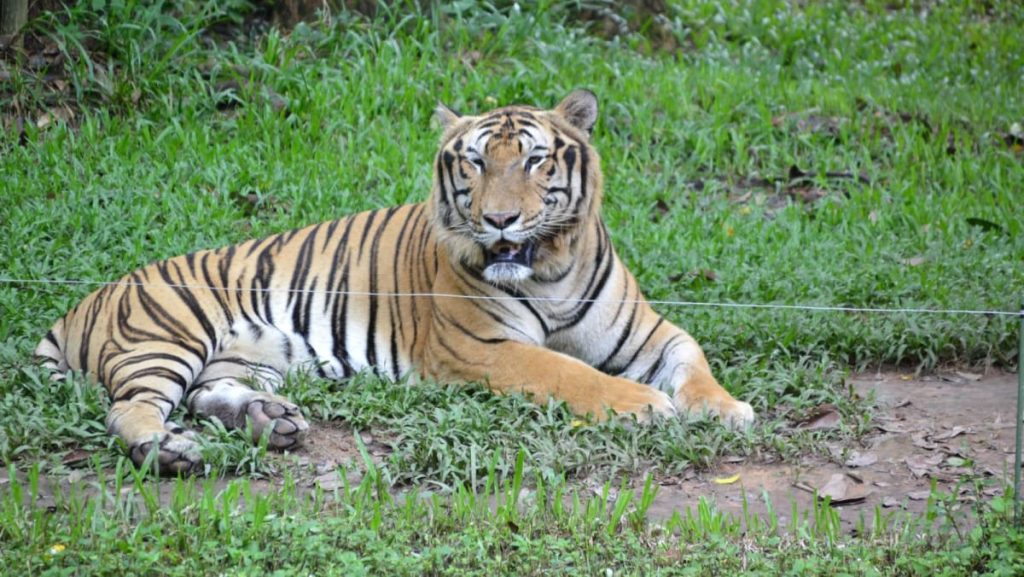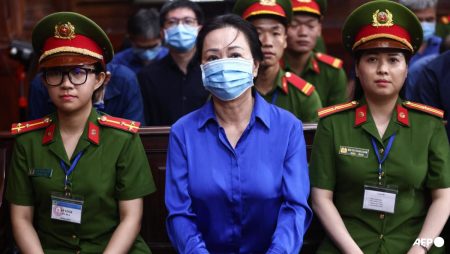Forty-seven tigers, three lions, and a panther have succumbed to the H5N1 bird flu virus in zoos in south Vietnam, as reported by state media on October 2. The deaths occurred at the My Quynh Safari Park in Long An province and the Vuon Xoai Zoo in Dong Nai, near Ho Chi Minh City, during August and September. Test results from the National Centre for Animal Health Diagnosis confirmed that the animals died due to the H5N1 type A virus. The zoos declined to provide comments when contacted by the media, and no staff members in close contact with the animals had exhibited respiratory symptoms.
Education for Nature Vietnam (ENV), a wildlife conservation NGO, disclosed that there were 385 tigers in captivity in Vietnam at the end of 2023. Among them, 310 were housed in 16 privately owned farms and zoos, while the remaining tigers were in state-owned facilities. The World Health Organization (WHO) has observed an increase in deadly outbreaks among mammals caused by influenza viruses, including H5N1, since 2022. H5N1 infections in humans can vary from mild to severe and sometimes lead to fatality. Vietnam reported a human fatality from the H5N1 virus in March.
In 2004, the world’s largest tiger breeding farm in Thailand experienced a significant loss of tigers due to bird flu, with many animals either dying from the virus or being culled. The incident points to the vulnerability of large captive animal populations to infectious diseases such as H5N1. Given the potential for transmission to humans, the recent outbreak in Vietnamese zoos raises concerns about the health and safety of both animals and human visitors. The precise source of the virus remains unclear, highlighting the need for increased vigilance and bio-security measures in zoos and wildlife facilities.
The deaths of dozens of tigers, lions, and a panther at the My Quynh Safari Park and Vuon Xoai Zoo due to the H5N1 virus underscore the risks faced by captive wildlife populations in Vietnam. The country’s large number of tigers in captivity – both in private farms and state-owned facilities – further emphasizes the potential for disease spread among animals and potential transmission to humans. Efforts by organizations like Education for Nature Vietnam to monitor and protect wildlife are crucial in preventing future outbreaks and safeguarding endangered species such as tigers.
The World Health Organization’s recognition of the increasing threat posed by influenza viruses to mammals, including H5N1, highlights the urgent need for comprehensive measures to mitigate risks and prevent outbreaks. The recent incident in Vietnamese zoos serves as a stark reminder of the importance of biosecurity protocols, disease surveillance, and prompt response mechanisms to protect both animals and human health. The implications of such outbreaks on wildlife conservation efforts and public health underscore the necessity of ongoing monitoring and collaboration between authorities, organizations, and stakeholders.
As organizations and authorities work to investigate the source of the H5N1 outbreak in Vietnamese zoos and implement containment measures, it is crucial to prioritize the well-being and health of captive animals. Enhancing biosecurity protocols, strengthening disease surveillance, and promoting awareness about the risks of zoonotic diseases are essential steps in preventing future outbreaks and protecting wildlife populations. The tragic deaths of tigers, lions, and a panther due to the H5N1 virus underscore the vulnerabilities faced by captive animals, and the need for comprehensive strategies to ensure their safety and well-being.













